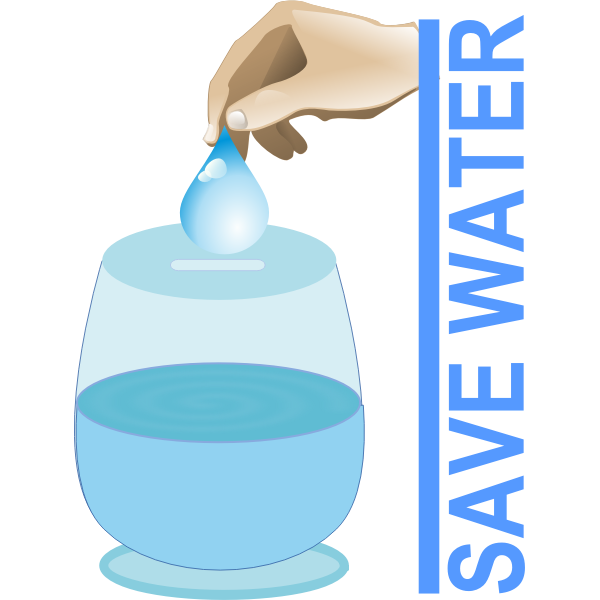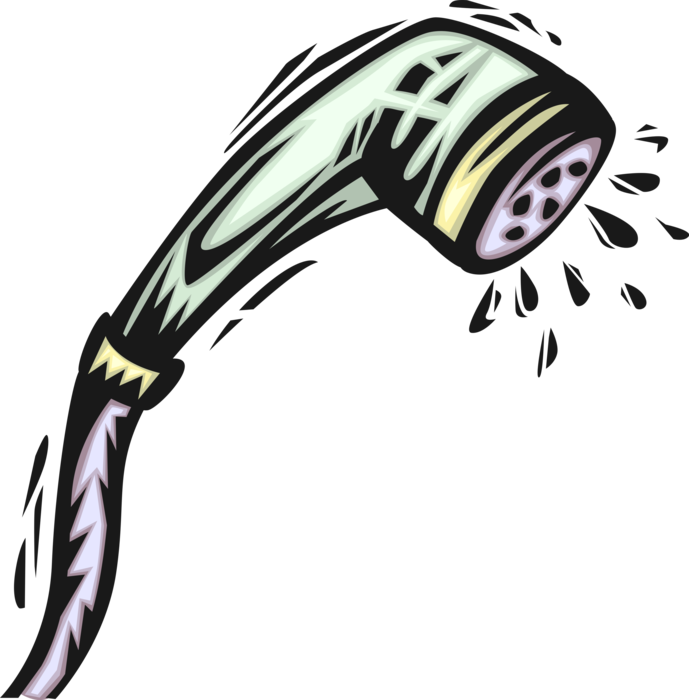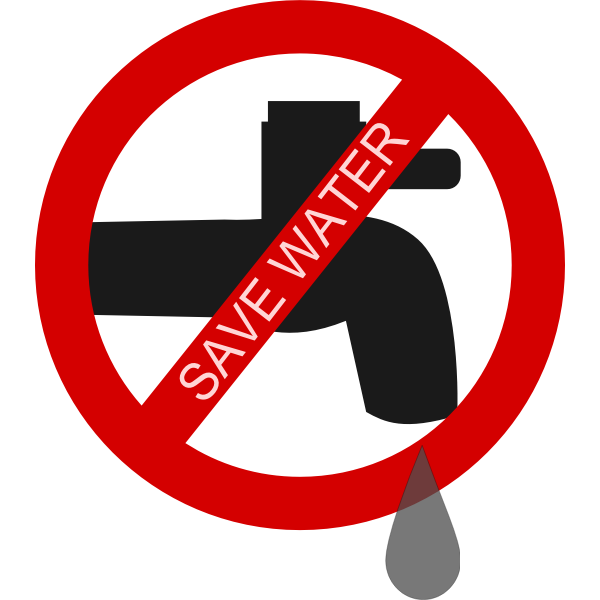Summary
– Why save water?
– How to save water?
Water is the source of life; let’s preserve it!
It is relevant to know better our needs to manage our resources better.
To do this, we can save water, produce our electricity, use ecological heating or even carry out energy-saving work.
In this post, we will be looking at why save water?
The recovery and use of rainwater are some of the commitments of the US towards sustainability. However, rainwater harvesting is still not widespread in our homes despite being beneficial, very economical, and respecting our environment.
You can use rainwater:
– for use outside the home;
– inside the house.
The table below gives an idea of our daily water consumption.
Distribution of our daily consumption
|
Consommation |
% |
|---|---|
|
Drinking |
1 % |
|
Cooking |
6 % |
|
Tableware |
10 % |
|
Linen |
12 % |
|
Sanitary |
20 % |
|
Bath and shower |
39 % |
|
Cars – gardens |
6 % |
|
Miscellaneous (pool upgrades, floor cleaning) |
6 % |
Cost of water consumption
The cost of water is prohibitive because the water we use is collected, treated, distributed, stored, disposed of, and cleaned.
In addition to the cost of water, there are also fees, various other taxes, and VAT.
Therefore, it is essential to preserve it to reduce our water bill while protecting our environment.
How to save water?

To preserve our planet and reduce our water consumption, different ecological means, some of them not very expensive, are at your disposal, such as
– rainwater harvesters to recover rainwater for non-drinking uses;
– water consumption reducers;
– and the good daily gestures that cost nothing.
Rainwater harvesters
It is not necessary to have a well to recover rainwater; other systems exist: concrete or plastic tanks, buried or on the surface. These are rainwater harvesters.
It is an ecological and economical solution. To do this, we collect the rainwater that runs off the roof through the gutters.
– The water can be filtered and sent to a storage tank; it is then dispatched according to the needs (WC, washing floors, washing machine);
– Water is collected in outdoor tanks or rainwater harvesters. These tanks are easy to use; this means of storing rainwater is used for:
◦ watering the garden;
◦ cleaning the car;
◦ making a pool replenishment.
Read more here:
Consumption reducers

Simple and inexpensive devices, such as consumption reducers, allow us not to waste our planet’s water while reducing our consumption, namely:
– the flow limiter-regulator placed on the end of the sink faucets, the sink, or on the shower hose;
– the aerator-foam nozzle;
– the shower stop which is mounted just before the showerhead and stops the water when you are soaping up;
– the water-saving showerhead reduces water flow by up to 6 liters/minute while maintaining the same power as a conventional shower head;
– Equip yourself with an economical two-speed toilet flush or a controllable speed toilet flush.
Good everyday gestures
Simple everyday gestures also allow you to consume intelligently, such as
– taking a shower instead of a bath;
– using a bucket and a sponge to wash the car;
– repairing leaking taps and flushes because a tap that leaks one drop of water per second means 200 to 500 liters of water wasted per day.
Do you want some more ideas for sustainability? Continue reading our recent publications on:
- Towards Sustainability | Building Your Home With Natural Materials;
- Ecologist Until Death? Choose the Cardboard Casket for Your Funeral!
- How Do You Recognize an Eco-Constructor?
- Environmental Aspects of Ecological Renovation;
- What Is an Energy-Saving House?
- Read This Before Considering Renewable Energy At Home!
- How Compost Is Ecological and Good for Your Garden;
- Composting: Simple and Natural Way to Save Our Planet
- 7 Basic Eco-Gestures on Vacation;
- 5 Ways to Limit Your Ecological Footprint on Vacation.
And, don’t forget to share your comments below.
